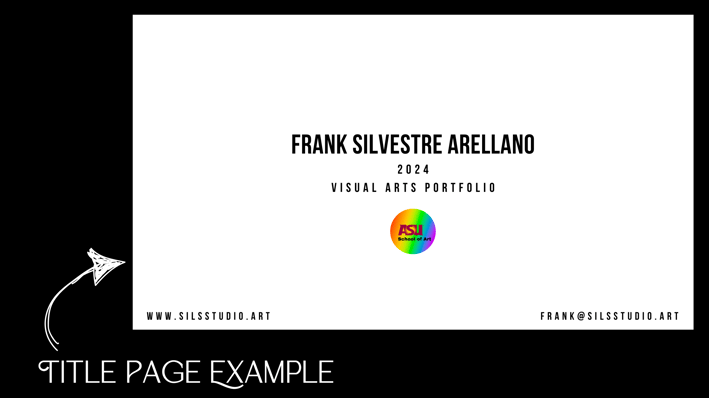How to Build a Visual Arts Portfolio
Frank Silvestré
3/9/20242 min read


Building a visual arts portfolio is crucial for any aspiring artist. Whether you are applying for scholarships, seeking gallery representation, or looking for employment opportunities, having a well-curated portfolio can make a significant impact on your artistic career. In this guide, we will discuss the key components that your portfolio should include to showcase your talent and professionalism.
Title Page
Every portfolio should begin with a title page that includes your name, the year, and the title "Visual Arts Portfolio." Additionally, you should provide up to two forms of contact information, such as your email address and website. This page serves as an introduction to your portfolio and allows the viewer to quickly identify your work.
Artist Statement
Your artist statement is a crucial element of your portfolio. It provides insight into your artistic practice, influences, and motivations. Aim to write a concise statement of 150-200 words that captures the essence of your work. Focus on describing your artistic vision, techniques, and the themes you explore. Make sure your statement is well-written and reflects your unique artistic voice.
Artwork Selection
The centerpiece of your portfolio is, of course, your artwork. Selecting the right pieces to include is essential. Aim to showcase 10-15 of your best works highlighting your skills, creativity, and versatility. Each artwork should be titled and accompanied by the following information:
Piece Name
Year Created
Medium of Piece
Dimensions of Piece
This information gives viewers a comprehensive understanding of each artwork's context and technical aspects.
Curriculum Vitae
In addition to your artwork, including a copy of your curriculum vitae (CV) is highly recommended. Your CV provides an overview of your artistic education, exhibitions, awards, and relevant experiences. Organize your CV clearly and concisely, including your educational background, exhibitions (both solo and group), publications, residencies, and any other artistic achievements.
Group Exhibitions and Publications
If you have participated in group exhibitions or have been featured in publications, it is essential to include this information in your portfolio. Provide a list of the exhibitions or publications you have been involved in, along with any accompanying photographs or documentation. This demonstrates your active engagement within the artistic community and adds credibility to your portfolio.
Contact Information
Finally, ensure that your portfolio includes updated contact information. Include your email address, phone number, and any relevant social media handles or website links. This allows potential employers, galleries, or scholarship committees to reach out to you for further inquiries or opportunities easily.
Remember, building a visual arts portfolio is an ongoing process. Continually update and refine your portfolio as you create new artwork and gain new experiences. Regularly review your artist statement, CV, and artwork selection to ensure they accurately represent your current artistic practice and goals. With a well-curated portfolio, you can confidently showcase your talent and increase your chances of success in the visual arts industry.


